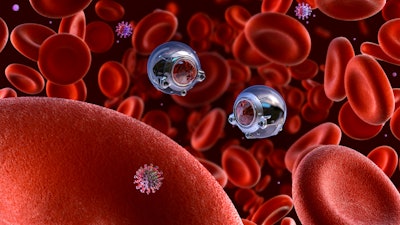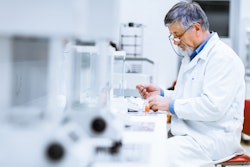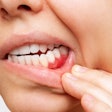
Small-scale robotics, known as microrobots, may hold the potential to treat and diagnose persistent infections, including those in between the teeth, according to a story recently published in the University of Pennsylvania’s Penn Today.
The innovation may be used to target infections stuck in areas, including between the teeth, that make it difficult for antibiotics to reach. Additionally, the technology may reduce antimicrobial resistance, the authors wrote.
“The integration of microrobotics into healthcare signifies a paradigm shift in how we approach medical treatments, promising more efficient and less invasive options,” Edward Steager, PhD, of the Penn School of Engineering and Applied Science, said in the story.
Since 2017, Steager and Dr. Hyun Koo, PhD, of the Penn School of Dental Medicine, have been developing new, more effective ways to combat biomedical problems, like treating biofilms.
In addition to treating and removing biofilms by targeting infections, microrobots offer a new way to collect microbial samples that, in the end, could be used to diagnose other diseases, according to the story.
The future of microrobotics, especially in healthcare, relies on the integration of big data and artificial intelligence, using vast biomedical data to uncover unprecedented patterns in human health and disease.
This information enhances the precision, effectiveness, and efficiency of microrobotic systems, and the fusion of big data with robotics presents opportunities for personalized medicine based on individualized, data-driven insights. Furthermore, it signifies a change in which diagnostics in medicine and sensing in robotics overlaps, creating less invasive treatments for hard-to-reach infections, they said.
“The conversation points towards a future where robotics not only treat but also identifies and analyzes infections, leveraging big data for more precise healthcare,” Steager said.



















